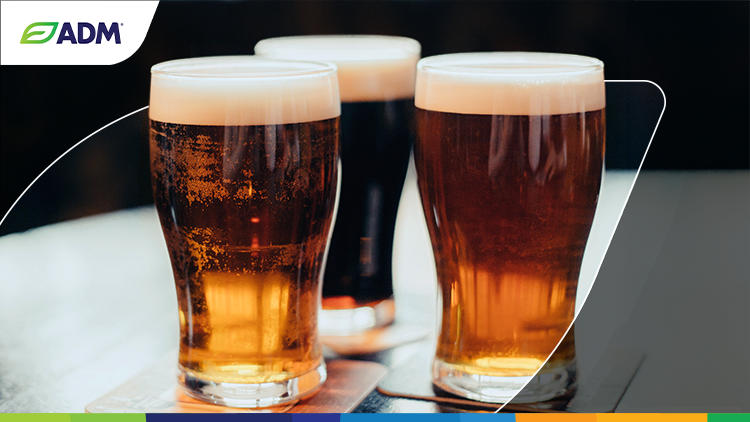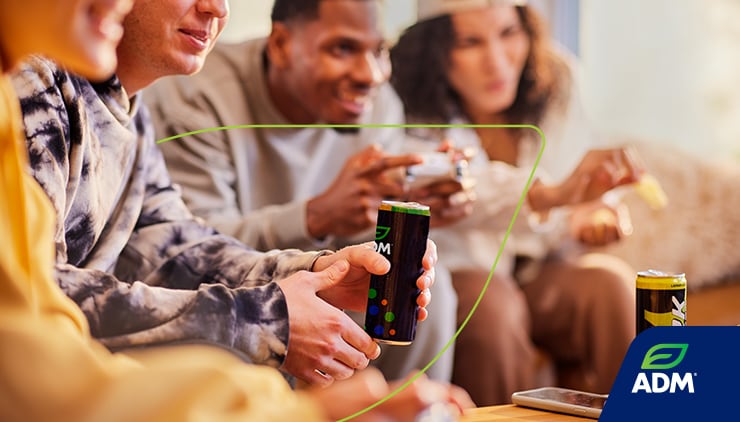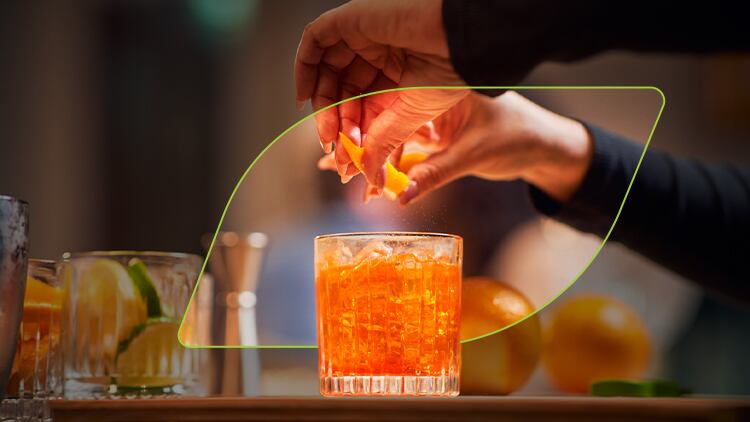Expert insights on what’s new and what’s next
In the fast-paced world of alcoholic beverages, staying ahead of the curve is crucial for any brand. With consumers constantly on the lookout for the latest and greatest offerings, companies need to be able to adapt and innovate quickly to keep up with ever-changing trends and tastes.
At ADM, we understand the importance of up-to-date insights when it comes to alcohol innovation. That’s why our team of expert flavorists, brewers and mixologists is constantly analyzing market trends and consumer preferences to identify new, emerging opportunities for you.
Two trends that are shaping the market
The global alcohol industry is experiencing two significant trends in consumer preferences and behaviors that are expected to shape the market in the coming years:
The demand for holistic options
No longer satisfied with a one-size-fits-all approach, consumers are seeking out highly personalized solutions and approaches that are tailored and targeted to their unique needs. This includes seeking out ingredients within the alcohol category such as citrus, hop oils, tea and botanicals that consumers know, understand and associate with their holistic lifestyles. In fact, a recent global survey found that, without exception, consumers around the world are looking to experience bolder and more vibrant citrus flavors in their beverages. Consumers are also heavily focused on the traceability of these ingredients, making products from trustworthy companies highly sought after.
Experiential eating and drinking are becoming commonplace, and consumers today are finding adventure through food and beverages — whether it’s via new and exciting flavors, textures and colors or through new consumption occasions. This, plus the trend toward more abundant low- and zero-alcohol options in combination with new taste experiences, means that we can expect to see more exotically sourced, ingredients incorporated into alcoholic beverages to meet this demand.
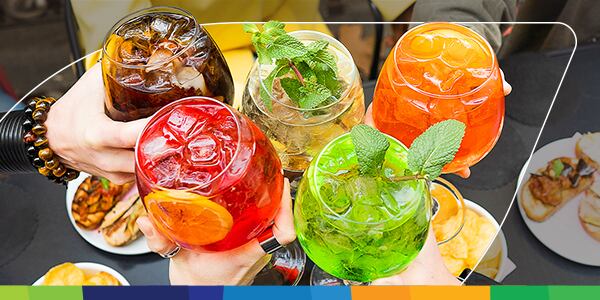
The growing interest in convenience
Convenient, Ready-to-Drink (RTD) format products offer consumers a range of flavors and low- and no-alcohol content options. Due to broad cultural shifts toward balanced wellness, the low- and no-alcohol segment has been gaining traction globally with retail sales exceeding US$11 billion in 2022 — up from $8 billion in 2018 — and a projected growth rate of 7% through 2026. Additionally, the global RTD segment of the alcohol market is projected to nearly double from 2022 to 2026, rising from $40 billion in 2021 to $79.7 billion by 2026.
Overall, the trends for ingredients derived from nature and convenient, low- and no-alcohol RTD products are expected to continue shaping the alcohol market. Companies that can innovate and provide unique flavor experiences — while also meeting consumer demand for healthier options and convenience — are likely to be more successful in this changing landscape. These consumer trends present brands with the opportunity to diversify their portfolio and capture incremental growth.
Market trends by region
North America
The most popular alcoholic beverage in the U.S. is beer, followed closely by wine and spirits. However, recent trends show that millennials are shifting further away from traditional alcoholic beverages and opting for low- or no-alcohol products such as hard seltzers, kombucha and mocktails.
In North America alone, the RTD segment is projected to have a higher growth rate than the global average and is expected to grow from $18.5 billion in 2021 to $37.1 billion by 2026, with a compound annual growth rate (CAGR) of nearly 15%.
Thanks to the emerging trends of the past few years, much of the alcohol industry’s attention has been given to the impressive growth of the North American RTD segment. While hard seltzers are now established in North America, these products are being rolled out across the rest of the world based upon the popularity in the North America market.
Spirit-based RTDs, like vodka sodas, have also seen rapid growth among young consumers. These spirit-based products build on the trend toward premiumization, but their significant price premium versus other products will make them worth watching in relation to the broader economy. Additionally, low-alcohol flavored malt beverages (FMBs) have grown tremendously among 21 and older Generation Z consumers who have found the flavors of these products exciting.
Currently, one in 10 global consumers who drink alcoholic beverages says they turn to spirit-based RTDs — a figure that is skewed by increased popularity in the U.S. However, evolving consumer trends show there is scope to grow the market considerably.
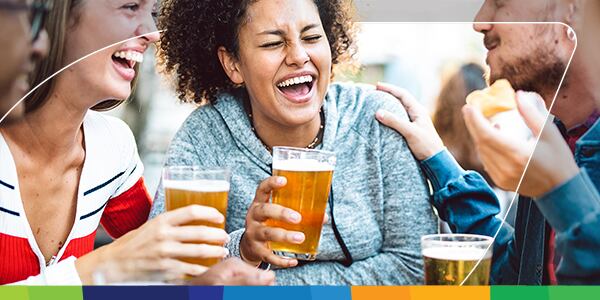
Europe, the Middle East and Africa
In EMEA, the RTD market is exceeding growth expectations as well, with a five-year projected CAGR of 5.1% by 2026. Africa is leading the way in the region, rapidly growing by 9.1%. Besides RTDs, flavored beers as well as low- and no-alcohol options outperform the alcoholic beverage market with a five-year CAGR of 4.7% by 2026, representing $21.6 billion in 2022 to $26 billion in 2026.
For RTDs as well as for flavored beers, citrus varieties are still the key drivers. We anticipate more diversification in citrus varietals combinations with innovative flavors and botanicals coming. Besides this, consumer interest is also changing toward low- and no-alcohol alternatives but with the taste experience association of their alcoholic counterparts.
The alcoholic beverage industry is undergoing a dynamic shift, providing brands with ample opportunities to introduce innovative and appealing concepts to their base. At the end of the day, consumers across the globe are being drawn to holistic alcoholic beverages and convenient RTD products that offer bold, vibrant flavors and low- to no-alcohol content. This presents an opportunity for businesses to expand their portfolios, diversify their offerings to meet future consumer needs and broaden the scope of consumption occasions.
ADM is the innovative alcohol partner you need
In the highly competitive alcoholic beverage industry, it is essential for brands to stay on top of emerging trends and tastes to succeed.
At ADM, our advanced team of experienced flavorists, brewers and mixologists constantly has its finger on the pulse of what’s next in the alcoholic drinks space, specializing in innovative, regional flavors and applications built on our deep market knowledge and consumer insights.
Download our case study today to learn how you can reward your global audience with authentic solutions sourced from nature, elevated taste and new sensorial discoveries backed by global ingredient science and superior technology.






